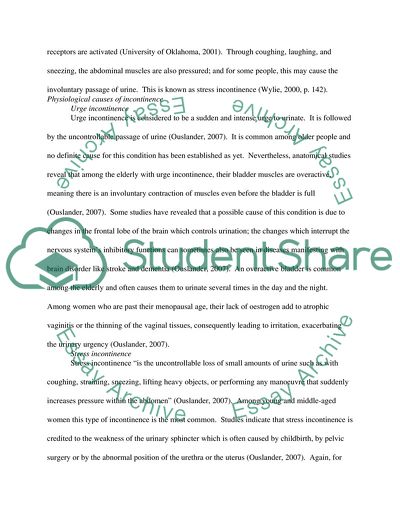Cite this document
(Promotion of Continence and Management of Incontinence Assignment, n.d.)
Promotion of Continence and Management of Incontinence Assignment. Retrieved from https://studentshare.org/health-sciences-medicine/1734018-promotion-of-continence-and-management-of-incontinence
Promotion of Continence and Management of Incontinence Assignment. Retrieved from https://studentshare.org/health-sciences-medicine/1734018-promotion-of-continence-and-management-of-incontinence
(Promotion of Continence and Management of Incontinence Assignment)
Promotion of Continence and Management of Incontinence Assignment. https://studentshare.org/health-sciences-medicine/1734018-promotion-of-continence-and-management-of-incontinence.
Promotion of Continence and Management of Incontinence Assignment. https://studentshare.org/health-sciences-medicine/1734018-promotion-of-continence-and-management-of-incontinence.
“Promotion of Continence and Management of Incontinence Assignment”, n.d. https://studentshare.org/health-sciences-medicine/1734018-promotion-of-continence-and-management-of-incontinence.


